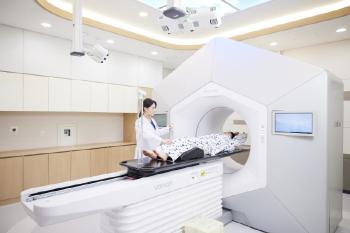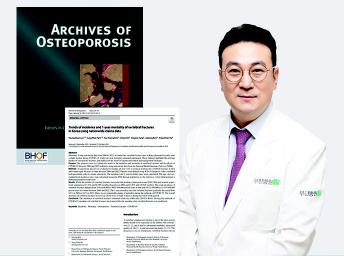Increased risk of cancer if the waist circumference is large even if the elderly are at normal weight
Oct 30, 2025
|
A research team led by Jang Soo-yeon, a professor of endocrinology at Korea University Guro Hospital (Jang Soo-yeon, Ryu Hye-jin, a professor of endocrinology at Korea University Guro Hospital, and Kang Min-woong, a research professor at the Cancer Institute) studied the relationship between cancer incidence and body mass index (BMI) and waist circumference in the elderly, and the higher the body mass index (BMI), the lower the risk of cancer.
Obesity is known to increase the risk of cancer through inflammation, oxidative stress, and insulin resistance. Accordingly, the correlation between body mass index (BMI), a representative obesity indicator, and the high risk of developing various carcinomas has been previously reported, but there has been a limitation that body mass index (BMI) does not reflect body composition.
On the other hand, waist circumference is considered an indicator that can better reflect abdominal obesity and visceral fat that are metabolically meaningful. Accordingly, the research team compared and analyzed the effects of body mass index and waist circumference on cancer incidence in the elderly through national population data.
◇Cancer occurrence, lower BMI, higher waist size
The research team conducted a retrospective cohort study of 247,625 Koreans aged 65 to 80 who underwent national health checkups in 2009. All participants had no history of cancer underlying, and by 2020, follow-up was performed to confirm the occurrence of cancer. Body mass index (BMI) and waist circumference were divided into four groups based on the measured values, and the cancer risk ratio was calculated for each category.
As a result, a total of 43,369 cancers occurred during an average follow-up period of 11.3 years, and the higher the body mass index (BMI), the lower the risk of cancer. On the other hand, the larger the waist circumference, the higher the risk of cancer, and this trend was more pronounced in men. In addition, it was analyzed that the risk of cancer increased significantly when the waist circumference was high even within the range of normal weight (BMI 18.5-23).
◇ First investigation of the conflicting relationship between BMI and waist circumference and cancer incidence
Professor Jang Soo-yeon of the Department of Endocrine Medicine at Daeguro Hospital said "The results of this study mean that abdominal obesity can increase the risk of cancer, even if it appears to be 'normal weight'. High BMI in older adults may not simply mean high body fat, and may reflect relatively maintained muscle mass and good nutrition""Because muscle mass decreases with age and body fat is redistributed toward the abdomen, body mass index (BMI) alone is difficult to accurately reflect the body composition and metabolic health of the elderly." Therefore, in the elderly, it was emphasized that it was important to maintain proper weight and actively manage abdominal obesity in order to prevent cancer.
In addition, Professor Jang "This study is significant in that it was the first to find out that body mass index (BMI) and waist circumference have a relationship in the opposite direction to cancer incidence in elderly Koreans. Previous studies have reported that higher body mass index (BMI) increases the risk of cancer, but this study focused on the elderly population contrasts with existing theories because it was mainly a study of middle-aged and under-aged people. "Future body composition analysis, including muscle mass and body fat distribution, should further study whether muscle mass can actually provide a protective role in cancer development in the elderly."
This study 'Contrasting associations of body mass index and waist circulation with cancer evidence in the elderly: a nationwide population-based study' was published in the latest issue of the international journal Frontiers in Oncology.
This article was translated by Naver AI translator.














